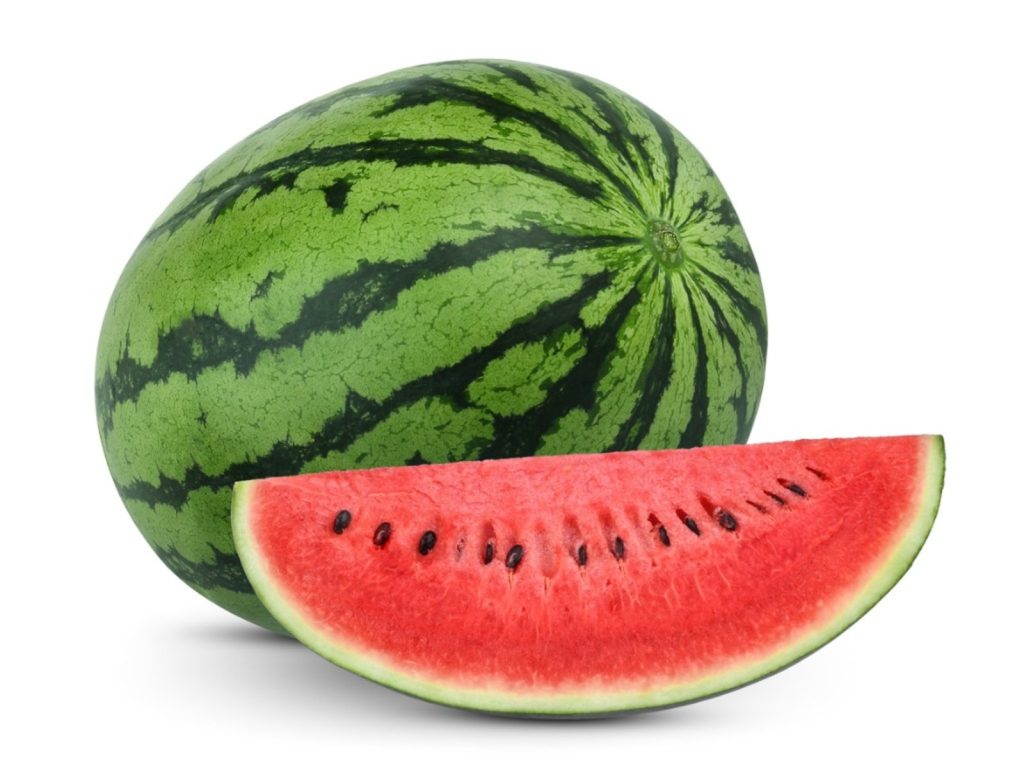Have you ever heard someone talk about “low hanging fruit” in a business meeting or casual conversation? Let’s find out what it really means.
We’re going to dive deep into the term “low hanging fruit” to give you a full understanding of what it means, where it comes from, how people use it, and answer some common questions. This is for everyone, whether you’ve heard the term before or it’s completely new to you. Let’s get into it!
Table of Contents
- Where Did the “Low Hanging Fruit” Saying Come From?
- What Does “Low Hanging Fruit” Mean and How Do People Use It?
- Seeing “Low Hanging Fruit” in Different Situations
- Tips for Making the Most of Low Hanging Fruit
- Final Thoughts
- Frequently Asked Questions
- Why is it called low hanging fruit?
- Is low hanging fruit always a good strategy?
- What are some risks with prioritizing low hanging fruit?
- When might ignoring low hanging fruit be smart?
- How can low hanging fruit lead to bigger accomplishments?
- How do you identify new low hanging fruit over time?
Where Did the “Low Hanging Fruit” Saying Come From?
No one knows exactly where the saying “low hanging fruit” started, but it looks like it came about in the last century and got really popular in the worlds of business and tech.
The saying paints a picture of fruit that’s easy to pick because it’s hanging low on a tree, unlike the fruit that’s way up high and hard to reach.
Some think it first described how easy it was to get certain people to join science departments at colleges back in the ’60s. Then, over time, businesses started using it to talk about things that are easy to do, don’t take a lot of work, and get quick results.
Even if we don’t know exactly where it came from, the idea behind “low hanging fruit” is pretty clear: it’s about doing the easy tasks or hitting the goals that don’t need a lot of work.
What Does “Low Hanging Fruit” Mean and How Do People Use It?
When someone brings up “low hanging fruit” at work or in another situation, what are they talking about?
“Low hanging fruit” are the things you can do quickly and easily.
It’s about grabbing those quick and easy wins – the things you can do right now to see results fast. This is different from goals or projects that ask for a lot more time, thought, or energy.
You might hear “low hanging fruit” when people are talking about:
- Easy customers to sell more stuff to, like ones who already buy from you.
- Small changes that can make things work better or cost less.
- Problems that can be fixed quickly for a big positive change.
- Goals that can be hit soon, without waiting a long time.
- Small tweaks that help things get better faster.
- Issues that you can solve without having to redo everything.
In general, low hanging fruit are the obvious, quick things you can do that make a big difference right away.
Seeing “Low Hanging Fruit” in Different Situations
To really get what “low hanging fruit” means, let’s see some examples from business, tech, and other areas:
- For someone selling things, it might mean focusing on an easy customer or deal that can be done fast.
- If you’re launching something new, getting good reviews from well-known people is easier before you try to win over lots of customers.
- In making software, fixing small errors and making it nicer to use is simpler than overhauling the big systems underneath.
- A company might find cutting out wasteful spending to be quicker than changing its big-picture strategy.
- In marketing, gathering a list of emails or growing your social media is an easy step before spending a lot on ads.
- For personal achievements, maybe starting a good morning routine is easier than trying to lose a lot of weight all at once.
- In health care, making it possible for more patients to visit their doctor online is straightforward compared to redoing parts of a hospital.
These examples show that “low hanging fruit” means smaller but important steps that we can do without waiting too long, setting the stage for tougher, longer-term goals.
Tips for Making the Most of Low Hanging Fruit
Picking low hanging fruit on purpose can be really helpful. Remember these tips:
- Don’t just keep going for the easy stuff. You need a plan for the harder goals too. Start with the low hanging fruit to get things moving.
- Choose the low hanging fruit that will make the most difference and fits with your big plans.
- Use quick wins from low hanging fruit to show off success and build trust. Always connect these quick gains to the long-term plans.
- Use the success from easy wins to go after the bigger, tougher goals with everyone on board.
- Keep looking out for new easy wins. They’ll change over time.
Even though low hanging fruit seems easy, it’s important to make sure it helps you move toward your big goals and isn’t just a waste of time. If you do it right, picking low hanging fruit can really change things for the better!
Final Thoughts
In short, “low hanging fruit” is a saying that’s all about doing the easiest tasks or achieving the goals that take the least amount of work.
It’s a term that got its start in the business world, but it can be used by anyone working on any kind of goal. Low hanging fruit can help get quick, satisfying results that can give you and others the push to take on bigger, more important work.
The exact roots of the phrase might not be known, but its message is pretty straightforward – it’s about the simple stuff, not the things that are going to take a real long time to do. With the right approach, taking advantage of low hanging fruit can help you get to where you want to be!
Embarking on easier tasks initially can set you up to tackle bigger challenges and bring about significant, enduring transformations.









